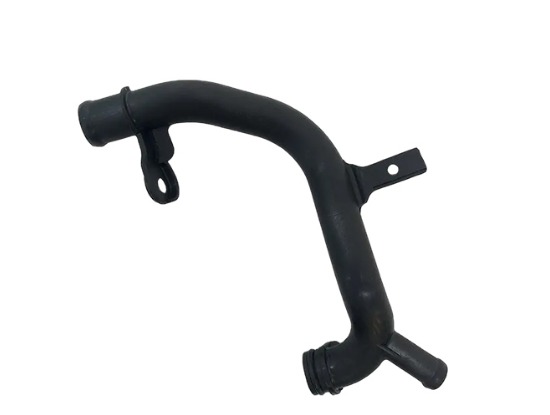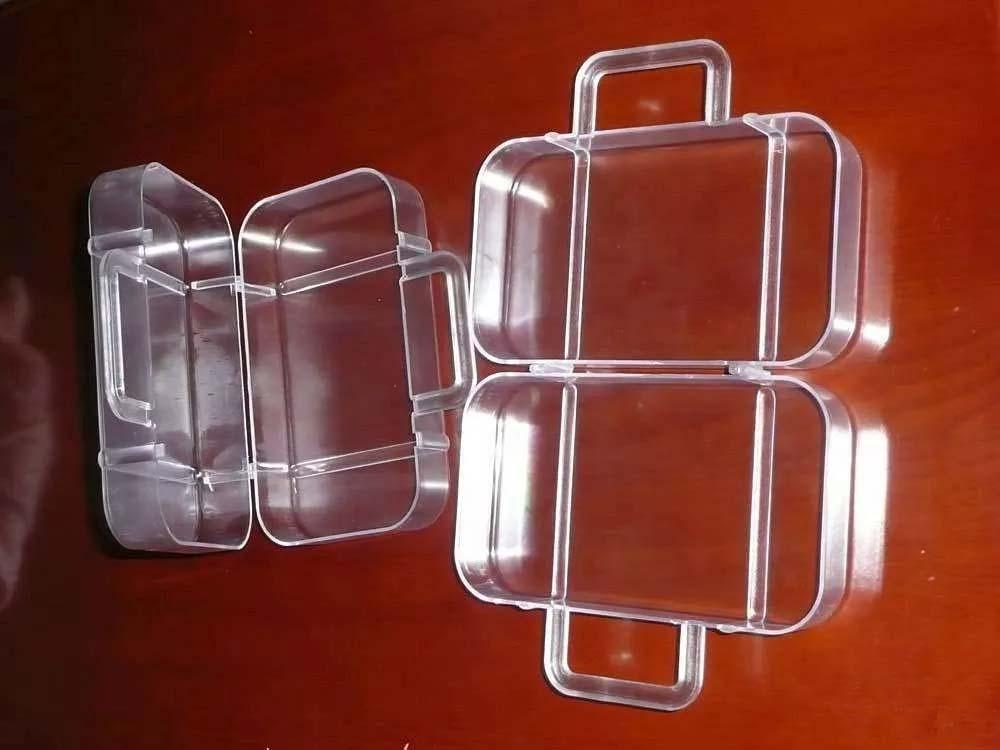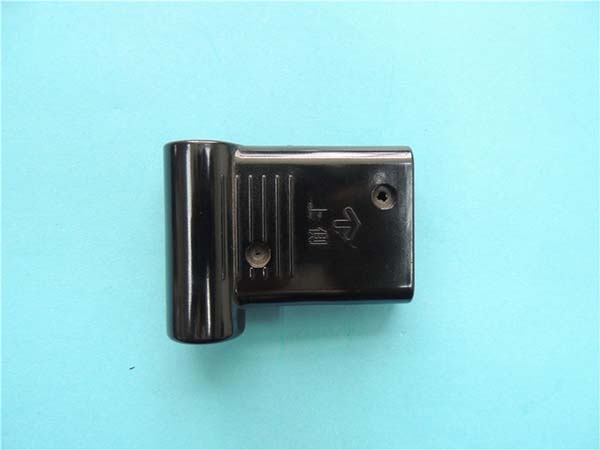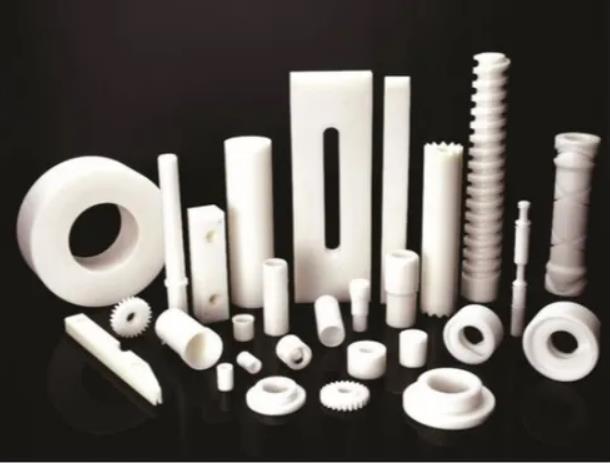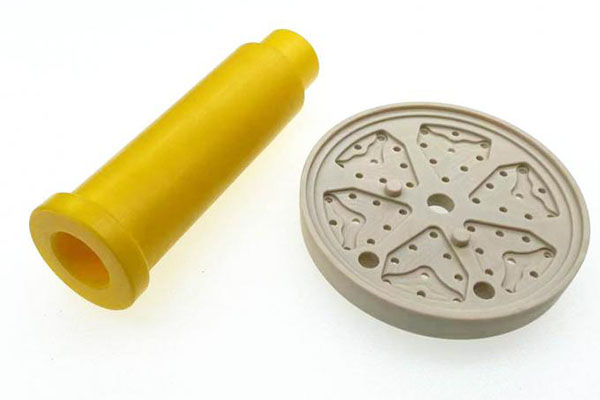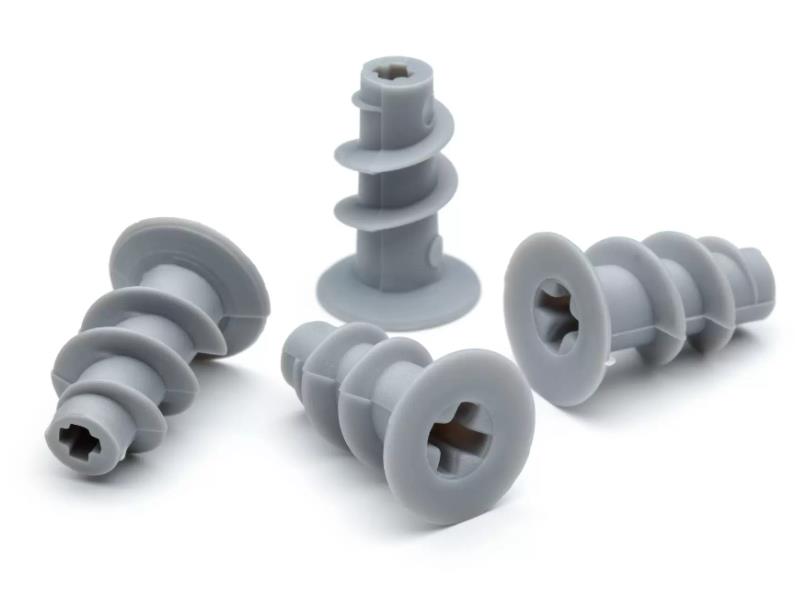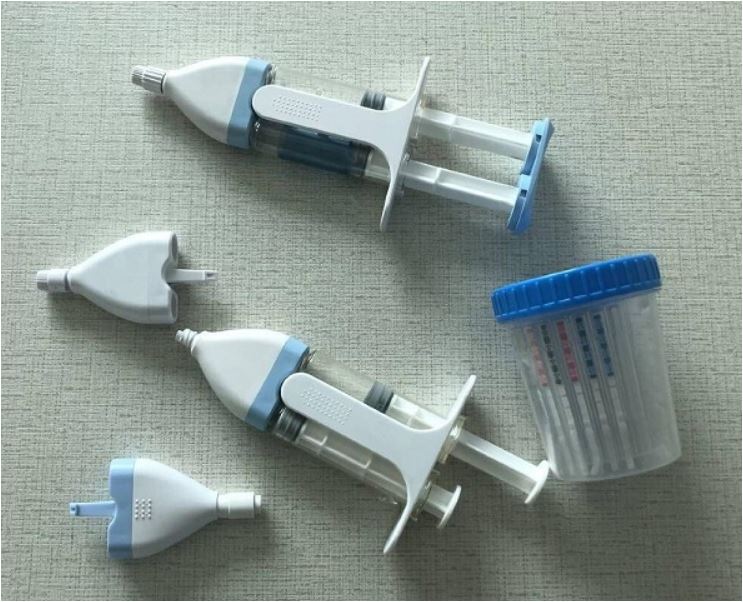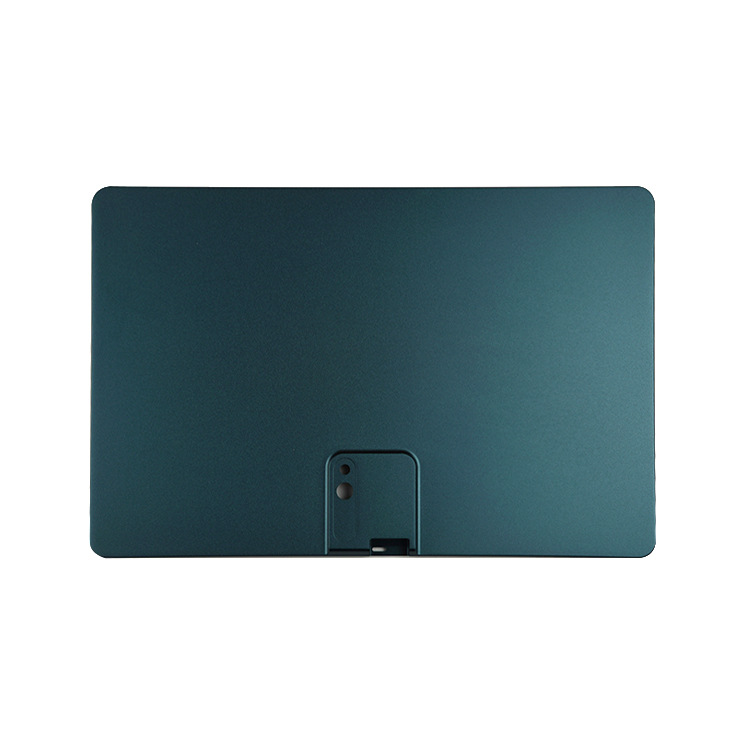Understanding the Plastic Injection Molding Process
Before choosing a mold factory, it's crucial to understand the plastic injection molding process. This manufacturing method involves several key steps:
- Material Preparation: Plastic pellets are the starting point. These pellets are carefully selected based on the desired properties of the final product, such as strength, flexibility, or heat resistance. For instance, if you're making a product that needs to withstand high temperatures, materials like polycarbonate might be a good choice. Before being used, the pellets are often dried to remove any moisture, as even a small amount of water can cause defects in the final product, like surface blisters or weak spots.
- Heating and Melting: The dried plastic pellets are fed into the injection molding machine. Inside the machine, a heated barrel uses a combination of heat and the mechanical action of a screw to melt the plastic. The temperature is precisely controlled; for example, for polyethylene, the melting temperature usually ranges from 120 - 180°C. This ensures the plastic reaches a uniform, viscous state suitable for injection.
- Injection: Once melted, the plastic is forced, under high pressure, into a closed mold cavity through a nozzle. The pressure can vary significantly depending on the complexity of the mold and the material used, typically ranging from 50 - 200 MPa. This high - pressure injection ensures the molten plastic fills every intricate detail of the mold, whether it's a small, detailed component like a watch part or a larger, more complex item like a car interior panel.
- Cooling and Solidification: After filling the mold, the plastic cools down. This cooling process is carefully regulated to ensure even solidification. Cooling channels within the mold help remove heat, and the cooling time can range from a few seconds for small, simple parts to several minutes for larger, more complex ones. As the plastic cools, it hardens and takes on the shape of the mold cavity.
- Mold Opening and Part Ejection: Once the plastic has solidified enough, the mold opens. Ejector pins then push the finished part out of the mold. This step requires precision to avoid damaging the newly formed part.
- Post - Processing: The ejected part may undergo post - processing steps. This could include trimming off any excess plastic (flash), polishing to improve the surface finish, or adding inserts or coatings for additional functionality or aesthetics. For example, a plastic part might have metal inserts added for better conductivity or be painted for a more appealing appearance.
This process is widely used across various industries. In the automotive industry, it's used to create parts like dashboards, bumpers, and interior trims. The consumer electronics sector relies on injection molding for components such as phone cases, computer keyboards, and camera housings. Even the medical field uses this process for items like syringes, medical device casings, and prosthetics components.
Key Factors to Consider When Choosing a Mold Factory
Experience and Expertise
Experience is a cornerstone when choosing a mold factory. A factory with a long - standing presence in the industry is more likely to have encountered and solved a wide range of problems. For example, Zhuhai Jingmo Co., Ltd. has over 30 years of experience in mold manufacturing. During these three decades, they have accumulated in - depth knowledge in mold design, material selection, and production processes. Their expertise has allowed them to serve numerous Fortune 500 companies. Such rich experience means they are well - equipped to handle complex projects. They can quickly identify potential issues in a design, recommend optimal materials, and ensure the smooth progress of production. In contrast, a newly - established factory may lack the necessary know - how, which could lead to costly mistakes, longer production times, and lower - quality products.
Equipment and Technology
Advanced equipment is crucial for high - quality mold manufacturing. High - precision machining equipment, such as five - axis machining centers, can achieve extremely tight tolerances, often within the range of ±0.001mm. This precision is essential for molds that require complex geometries, like those used in the production of micro - electronic components. Automated production lines can significantly improve production efficiency. They reduce human error and can operate continuously for long hours. For example, an automated injection molding production line can produce hundreds of parts per hour, compared to a manual or semi - automated line that may produce only dozens. Additionally, advanced testing equipment, such as 3D coordinate measuring machines (CMMs), ensures that the molds meet the required specifications. These CMMs can accurately measure the dimensions of a mold, detecting any deviations from the design drawings promptly.
Quality Control Measures
A reliable mold factory should have strict quality control measures in place. Before production, there should be comprehensive communication with the client to fully understand the requirements. This includes not only the basic dimensions and shapes but also any specific performance requirements, such as heat resistance or chemical resistance. Mold flow analysis is often used to predict potential issues like air traps, weld lines, or uneven filling during the injection molding process. Based on this analysis, the mold design can be optimized. During production, there should be in - process inspections at key stages. For example, after the rough machining of the mold, the dimensions are checked to ensure they are within the acceptable tolerance range. Quality standards should be established for raw materials, production processes, and the final product. ISO 9001 - certified factories, for instance, follow a set of international quality management standards, which cover everything from supplier management to product testing, ensuring a high - level of consistency and quality.
Production Capacity and Lead Time
The production capacity of a mold factory is an important consideration, especially for large - scale projects. A factory with a large number of injection molding machines and skilled workers can handle high - volume orders. For example, a factory with 50 injection molding machines of various sizes may be able to produce tens of thousands of parts per day, depending on the complexity of the product. Production capacity also affects the lead time. A factory with sufficient capacity can often meet tight deadlines. Some factories use ERP (Enterprise Resource Planning) production scheduling systems. This system enables them to scientifically arrange production plans, taking into account factors such as machine availability, raw material supply, and worker schedules. As a result, they can accurately estimate the lead time and ensure timely delivery of the molds and final products.
Cost - effectiveness
While cost is an important factor, it should not be the sole determinant. A lower - cost mold factory may seem attractive initially, but if the quality of their molds is sub - par, it can lead to higher costs in the long run. Low - quality molds may have a shorter lifespan, resulting in more frequent replacements. They may also produce parts with more defects, increasing the scrap rate and production costs. For example, a mold that costs \(10,000 but can produce 100,000 high - quality parts is more cost - effective than a \)5,000 mold that can only produce 20,000 parts with a higher defect rate. When evaluating the cost - effectiveness, it's necessary to consider factors such as the quality of the mold, production efficiency, and after - sales service. A factory that offers reasonable prices along with high - quality products, efficient production, and good after - sales support is the best choice.
Comparing Mold Factories: A Tabular Analysis
To further illustrate the differences between mold factories, let's consider a tabular comparison. The following table presents a hypothetical comparison of three mold factories based on the factors we've discussed:
| Factors | Mold Factory A | Mold Factory B | Mold Factory C |
| Experience | 15 years | 8 years | 25 years |
| Equipment | Standard machining centers, some automated injection molding machines | Limited high - precision equipment, mainly semi - automated production lines | Advanced five - axis machining centers, fully automated injection molding production lines |
| Quality Control | In - process inspections, basic quality standards | Mold flow analysis, some quality control checks | Mold flow analysis, in - process and final inspections, ISO 9001 certified |
| Production Capacity (Monthly Output for a Standard - sized Part) | 50,000 pieces | 30,000 pieces | 80,000 pieces |
| Average Cost per Mold (for a Medium - Complexity Mold) | $15,000 | $12,000 | $18,000 |
| Lead Time for a Medium - Complexity Mold | 4 - 6 weeks | 3 - 5 weeks | 5 - 7 weeks |
From this table, we can see that Mold Factory C has the most experience and advanced equipment, which likely contributes to its relatively high production capacity. However, its molds are also the most expensive, and the lead time is longer compared to Mold Factory B. Mold Factory B offers a lower cost but may have limitations in terms of quality control and production capacity due to its less advanced equipment and shorter experience. Mold Factory A is in - between, with a balance of factors. This comparison shows how different factories can vary significantly in multiple aspects, and how potential clients need to carefully evaluate these differences based on their specific project requirements.
Yigu Technology's Perspective
As a non - standard plastic metal products custom Supplier, Yigu Technology emphasizes several key points. First, we always focus on the feasibility of mold design. A well - designed mold is the foundation of a successful injection molding project. We conduct in - depth communication with clients at the beginning to fully understand their product requirements and application scenarios, so as to design molds that meet both functional and production - efficiency needs.
Secondly, we attach great importance to the rationality of part wall thickness. We know that improper wall thickness can lead to various problems, such as uneven cooling, shrinkage, and reduced part strength. Therefore, we use advanced simulation software to analyze and optimize the wall - thickness design, ensuring that the parts not only have excellent mechanical properties but also can be efficiently produced.
In addition, we have a strict quality - control system that covers every stage of the production process, from raw material inspection to the final product testing. This ensures that the molds and products we provide can meet high - quality standards, helping clients achieve successful plastic injection molding projects.
FAQ
- Q: How can I quickly assess a mold factory's experience?
A: Check their years in business, the types of projects they've handled, and client testimonials. A factory with over 10 years of experience and a diverse project portfolio is likely more reliable.
- Q: Is the cheapest mold factory always the best choice?
A: No. While cost is important, a cheaper factory may cut corners on quality, leading to more defects, shorter mold lifespan, and higher long - term costs. Consider quality, production efficiency, and after - sales service along with cost.
- Q: What if a mold factory doesn't have the latest equipment?
A: It may limit their precision and production capacity. However, if they have skilled workers and a good track record in handling similar projects, they might still be able to meet your needs. But for high - precision and large - scale projects, advanced equipment is usually preferred.
